Persimmons are vibrant, flavorful fruits that can enhance any home garden. Known for their adaptability and striking orange fruits, persimmons are easy to grow and offer a rewarding harvest. Whether you’re growing Asian or American persimmons, understanding their care and maintenance is key to a bountiful yield.
Types of Persimmons
Asian Persimmons (Diospyros kaki)
-
Non-astringent varieties: These, like ‘Fuyu,’ are sweet and can be eaten while firm.
-
Astringent varieties: Such as ‘Hachiya,’ these must ripen fully to develop their characteristic sweetness.
American Persimmons (Diospyros virginiana)
American persimmons are hardier and suitable for colder climates. Their fruits are smaller but have an intensely rich flavor when fully ripe.
While both types are delicious in their own ways, Asian persimmons tend to have a milder, honey-like flavor and are larger in size, whereas American persimmons offer a more intense, spicy sweetness when ripe. For a deeper dive into the differences, check out our full comparison: Comparing American and Asian Persimmon Varieties.
Planting and Growing Tips
- Choose the Right Location: Full sun with well-drained soil. Learn more in our article on Optimal Growing Conditions for Persimmon Trees.
- Planting Time: Late winter or early spring.
- Soil Preparation: Add organic matter like compost.
- Spacing and Depth: 15–20 feet spacing for standard trees. For a full walkthrough, see our Step-by-Step Guide to Planting Persimmon Trees.
Care and Maintenance
- Watering: Regular watering in the first year; drought-tolerant when mature.
- Fertilization: Balanced fertilizer in spring.
- Pruning: During dormancy to shape the tree and remove diseased branches. Check out our detailed Pruning Techniques for Healthy Persimmon Trees.
Common Pests and Diseases
- Persimmon Psylla: Causes leaf curling, managed with tree maintenance.
- Twig Girdlers: Beetles that sever branches.
- Leaf Spot: Fungal disease causing discoloration.
Harvesting Persimmons
- Asian Persimmons: Non-astringent can be picked when firm, astringent must ripen fully.
- American Persimmons: Harvest when soft for best flavor.
For an in-depth overview, explore our Comprehensive Guide to Growing Persimmon Trees.



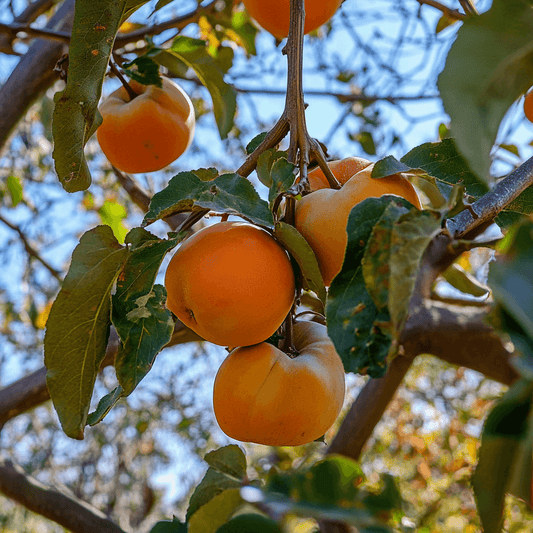
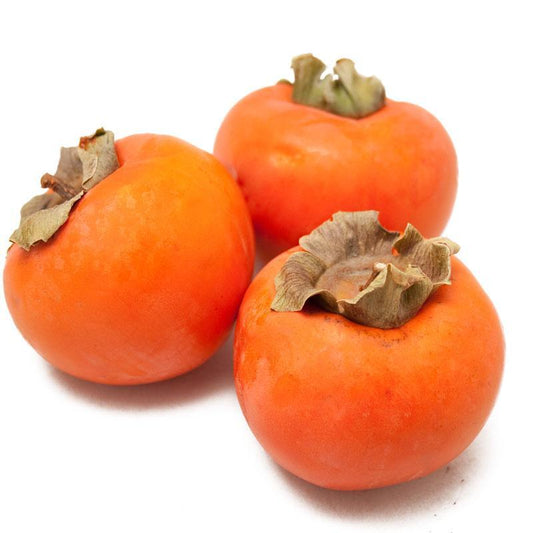
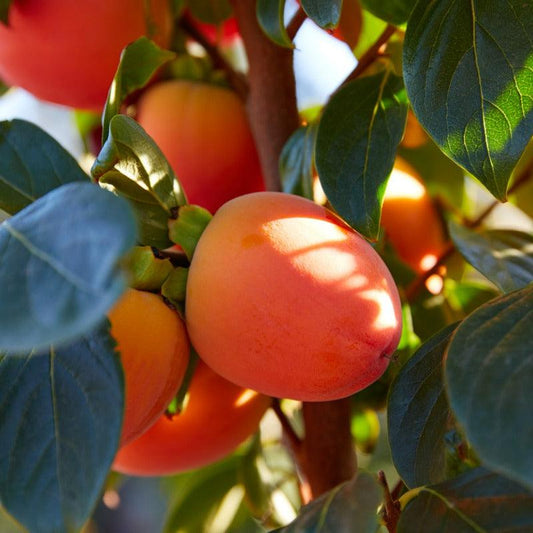
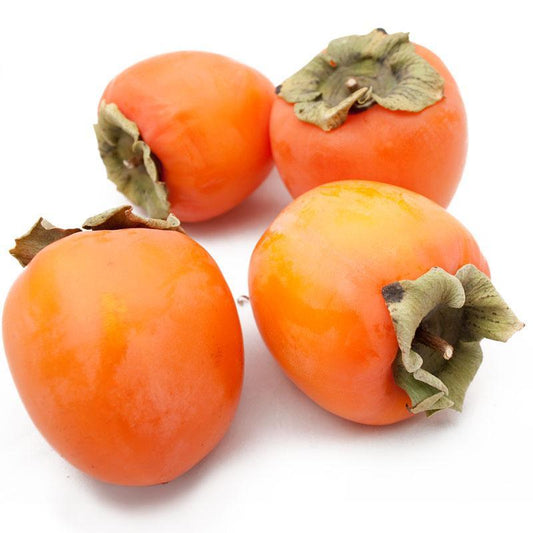
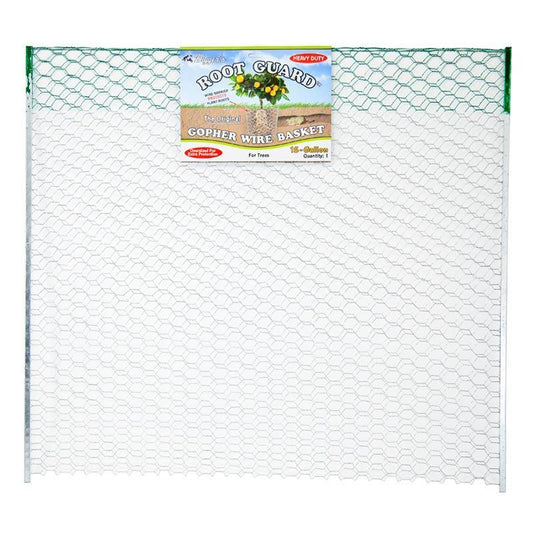

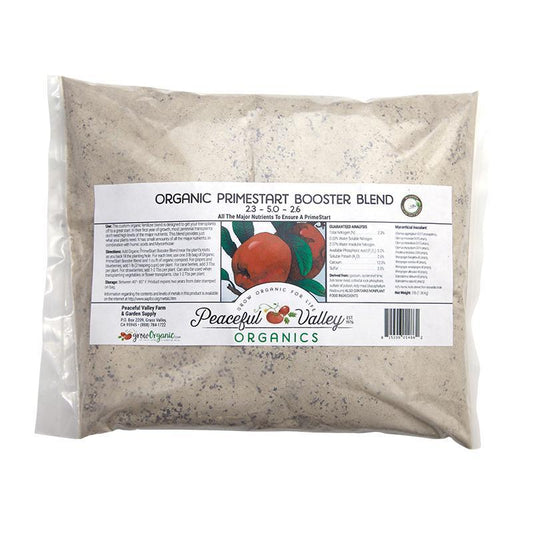
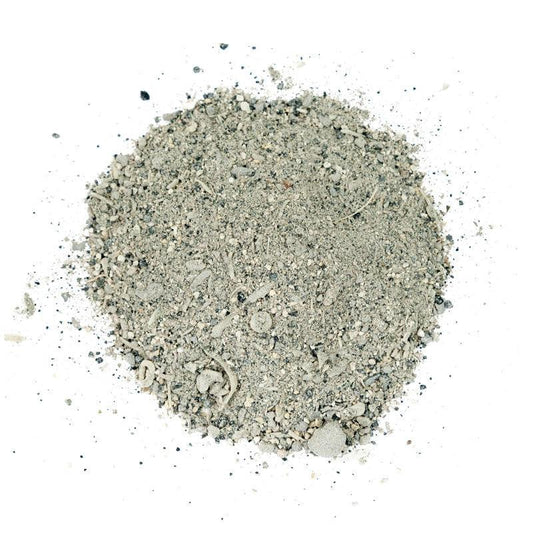
17 comments
Dawn, there are Japanese persimmon varieties and American persimmon varieties. There is a difference between the varieties. Japanese varieties are a little less cold hardy, takes longer to make fruit, are smaller trees (up to 30 feet), are more productive, has larger fruit, has fewer seeds per fruit and are usually self pollinating. The trees can take 3-4 years before they start bearing fruit. You can always try adding more phosphorus to the trees this year, which will translate to next years crop. Persimmons are heavy feeders when they are producing fruit, so you might consider a soil test to see where you are at on your soil nutrients.
how do I know if my tree is an American or Asian tree? I have this tree for three years no blossom or fruit.
American Persimmons such as Yates or Prok grow in zone 5, as do Paw Paws. I will be planting both at my zone 5 Vermont homestead.
Charles, you live in a compatible zone to grow the Hachiya so it should grow fine in Loomis. Things to consider when planting your persimmon is to make sure you are planting in an area that has good drainage, give it enough room to grow (they can get very large and wide), do not over water the tree at planting time and if you have gopher issues in your area, put it in a tree size gopher basket to protect the young roots.
This article is very helpful. We live in Loomis, CA. 95650. Thinking about planting the Hachiya before January 2021. Any advice will be greatly appreciated. Thank You